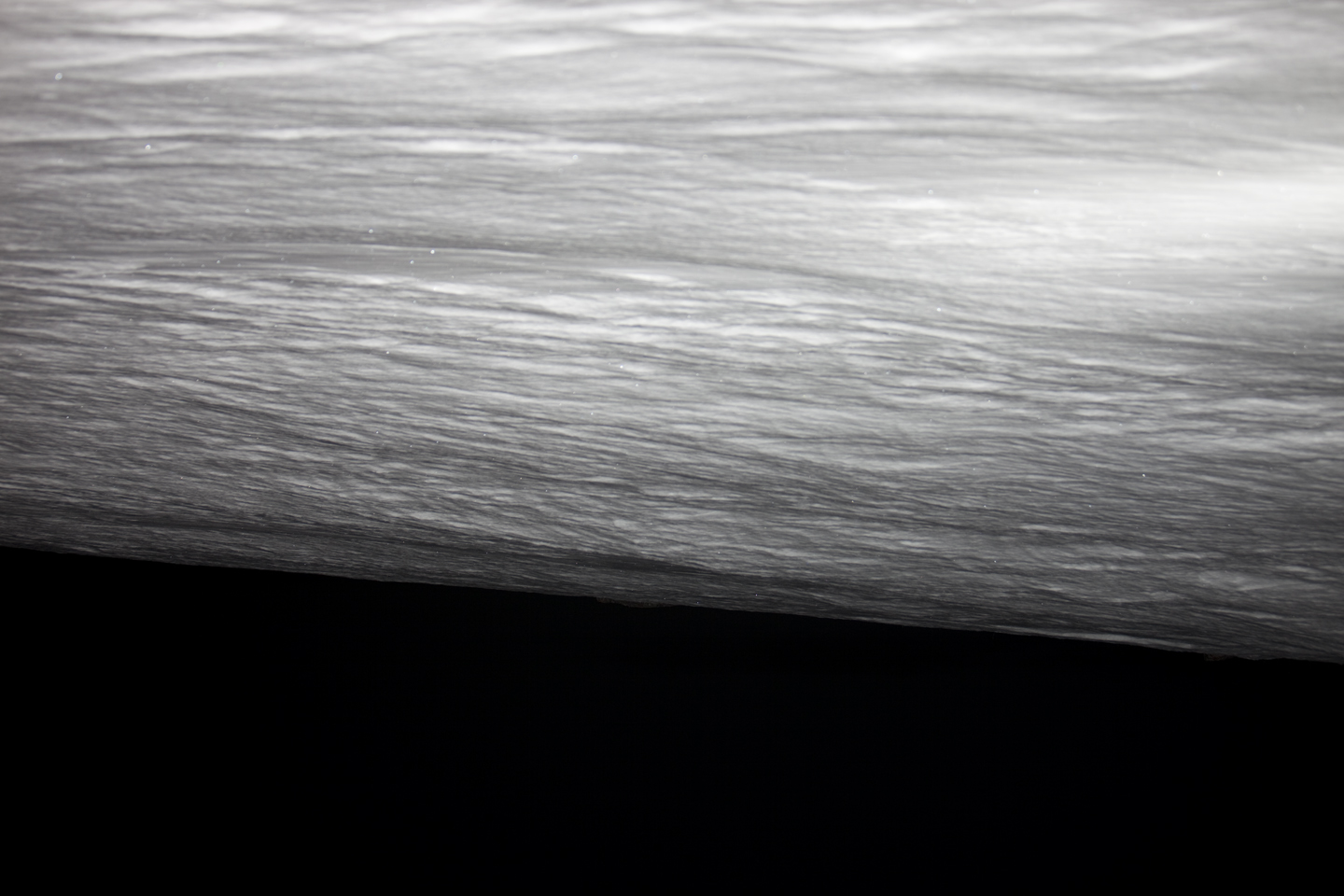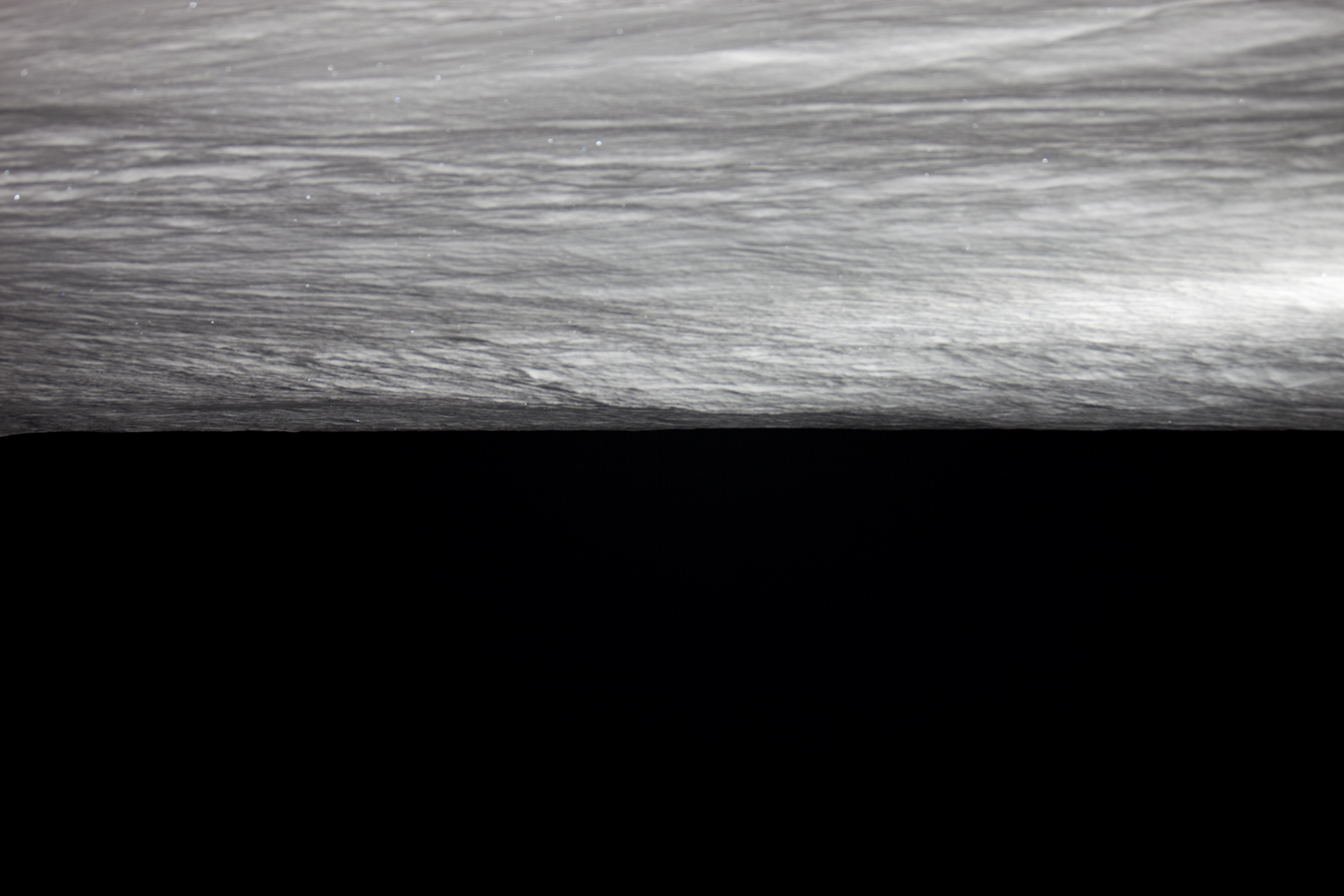Preternatural
Canadian Museum of Nature, December 19, 2011 - March 4, 2012
Art Forum, Critic's Picks
February 8, 2012
By William Ganis
In “Preternatural,” curator Celina Jeffery addresses ways that contemporary art constructs epistemologies beyond the scientific; in so doing, she offers compelling counterexamples to the disconnect between spirituality and contemporary art that art historian James Elkins has observed. Fittingly for a show about unconventional perceptions, this exhibition is framed within three idiosyncratic spaces: a deconsecrated Catholic church, a gallery in a strip mall, and a natural history museum.
A performance installation at St. Brigid’s Centre for the Arts brings to mind spirit photography— Adrian Göllner conjured fleeting spectral emanations in Handel’s Cloud, 2011, an installation-performance (mounted in December) in which fog rushed from gothic vaulting. Equally elusive, the Patrick Mikhail Gallery’s white box space is interrupted only by the pressed lines of Shin il Kim’s Invisible Masterpiece, 2011. Embossed figure-outlines on colorless paper are animated in a three-channel video that shows these barely perceptible traces becoming even more ghostly as immaterial projections.
At the Canadian Museum of Nature, the artists focus on the sensuality and the sense of wonder in science. Sarah Walko’s installation It is very least what one ever sees, 2011, exists where scientific organization intersects with devotional practice, poetry, and romance. Wall-mounted test tubes become reliquaries for colorful collections of found objects, including bones, feathers, and text, all arranged according to Walko’s personal taxonomy. Live fish and plants in a central biosphere counter the dead, arranged objects.
Through Nox Borealis, 2011, Andrew Wright rewrites the natural history diorama in “full-scale” photographic prints mounted on concave supports. His inverted arctic images purposefully disorient viewers; we aren’t exactly sure whether we are looking at minimal sculpture, snow, a heavenly cloudscape, or the lunar surface. In this confusion, he evokes the awe and terror of the arctic night—an environment without landmarks.
Marie-Jeanne Musiol, a true believer in human spiritual potential, shows works that are far subtler but no less sublime. She displays electrophotographic light images of leaves—objective evidence of auratic energies discussed in Buddhism, Theosophy, and Scientology. In The Radiant Forest, 2011, she presents small transparencies backlit by a mysterious, dim bioluminescence that “develops” on viewers’ retinas—a metaphoric and demonstrative energy transference. Her works best manifest the exhibition’s theme of extraordinary natural experience.
This exhibition is also on view at St. Brigid’s Centre for the Arts, 302 St. Patrick Street, until February 17
VIEW NOX BOREALIS






